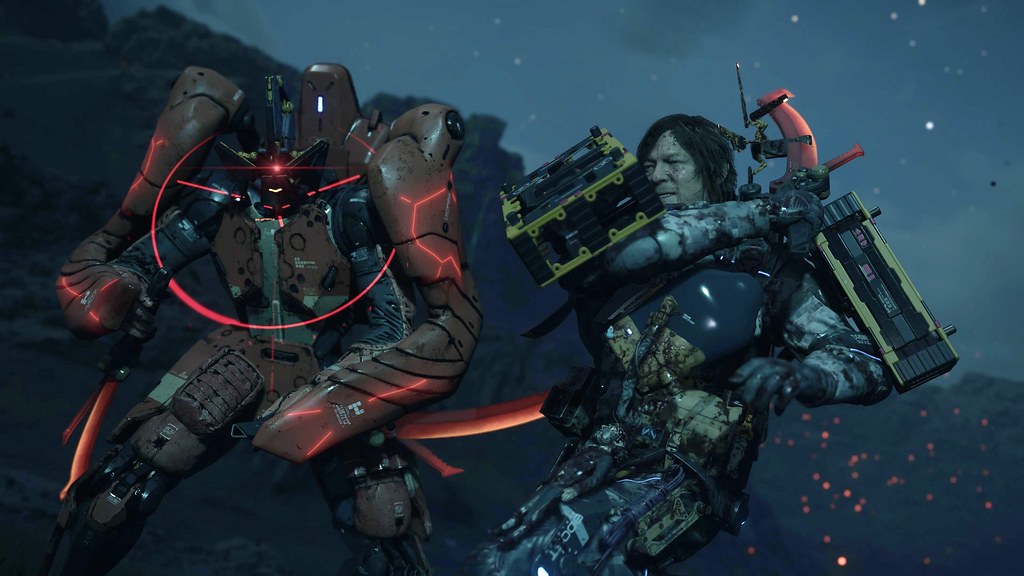Death Stranding 2: On The Beach Review
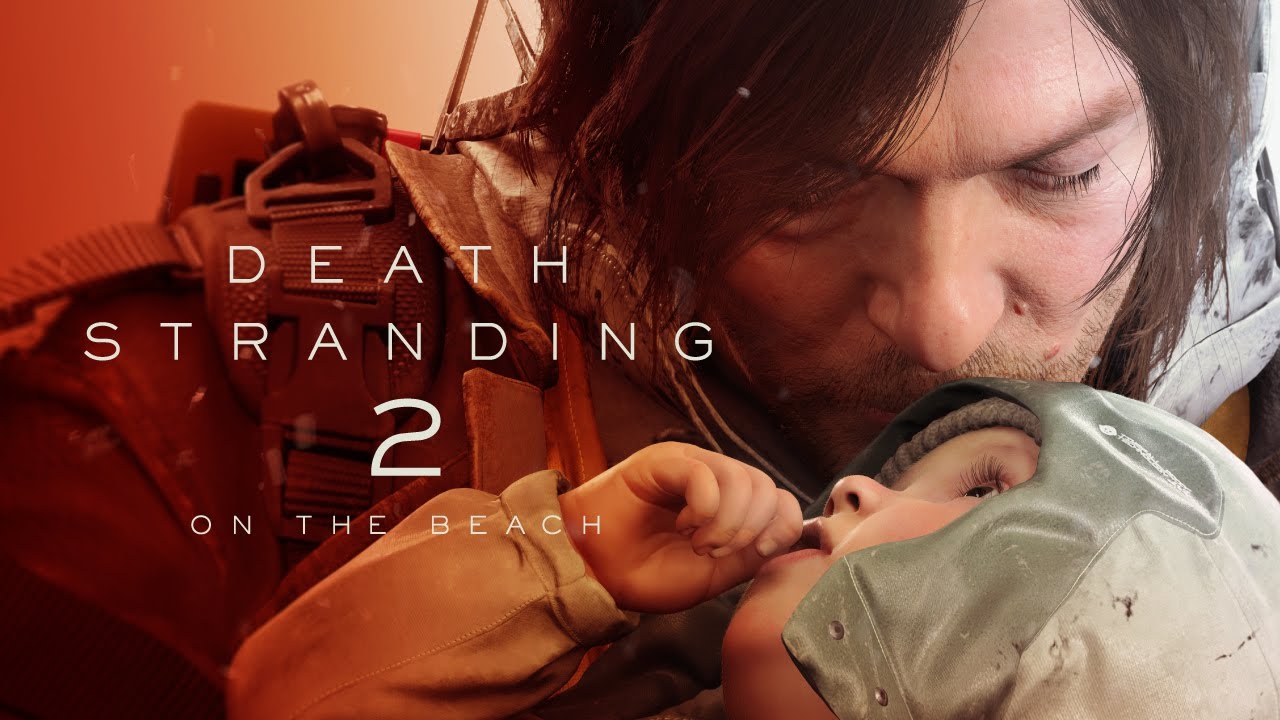
Hideo Kojima… When a Game Becomes an Existential Journey, Not Just Entertainment
Hideo Kojima is not just a game director — he’s a very special artistic case. A mix between a filmmaker who loves insane details and a philosopher who uses gameplay mechanics and storytelling to talk about humanity, loneliness, and fear of the future. From Metal Gear to Death Stranding, he always has the ability to shock you — not with visuals or technology, but with ideas. Kojima always tries to express himself through lost characters living in worlds filled with strange technology and broken human relationships. But he never tells you everything directly. He prefers to ask, make you think, get lost, and search for meaning yourself.
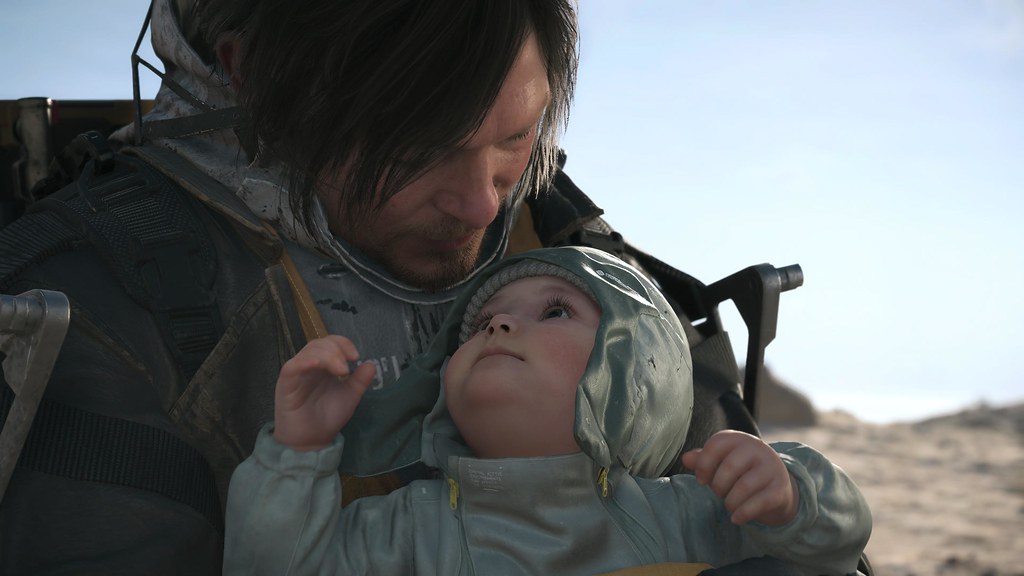
The first part of Death Stranding was an exceptional adventure, but not for everyone. For many people, the game was a visual and intellectual experience that felt unfamiliar, sometimes slow, and constantly strange. You play as Sam Bridges, a delivery man in a fragmented world after a cosmic disaster, trying to reconnect cities and restore the lost meaning of human connection. From the beginning, the game asked: What makes a human being human? And how can we connect when we’re this divided?
In Death Stranding 2: On The Beach, is Kojima still trying to surprise us? Will he continue breaking the rules of gaming? Or has he decided to build on what he previously created, but with a different maturity? Is the game truly “fun” by traditional standards? Or is it still playing on the edge, pulling you into a strange world with a message, isolation, and moments you won’t easily understand? What we know is that Kojima never repeats himself. Even when he returns to the same characters, he gives you the same faces but with new souls. The real question is not whether the game is “good”, but whether it can touch you… and change you.
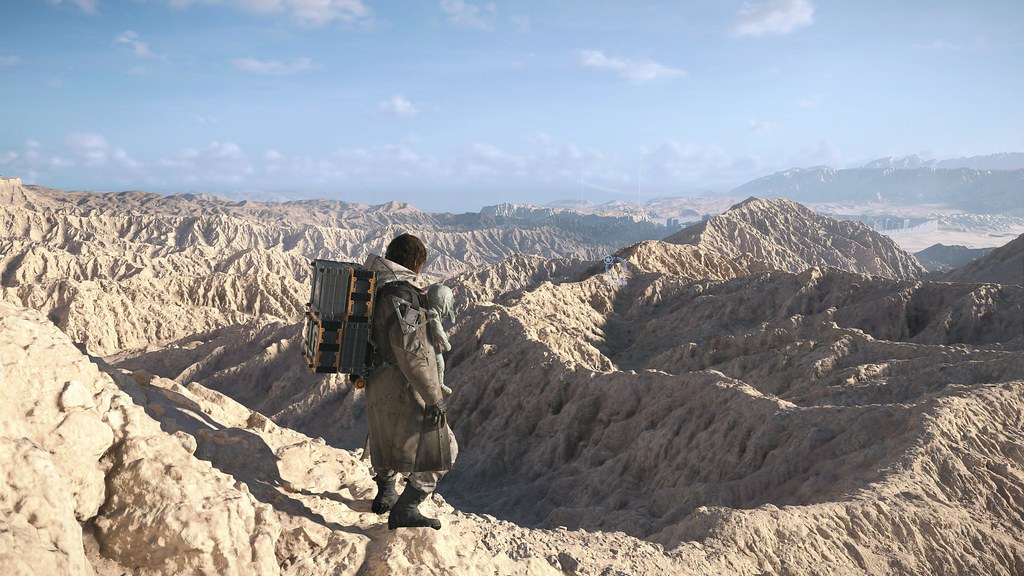
Story
Death Stranding 2: On The Beach continues the story of Sam Bridges after a period of isolation, where he lives in relative peace with Lou — the baby from the first part — who has now grown into a child who can move freely. From the very first moments, it’s clear that this peace will not last, as unexpected events push Sam to return to his old life and begin a new delivery journey — this time not in America, but in massive open regions in Mexico and Australia.
The one who brings Sam back is Fragile, his old friend, now working with a civilian organization called Drawbridge, away from the central government. She asks him to help connect Mexico and Australia through a new network via a portal called “Plate Gate”, in return for a promise to allow him to return to his life as a full-time father after completing the mission.
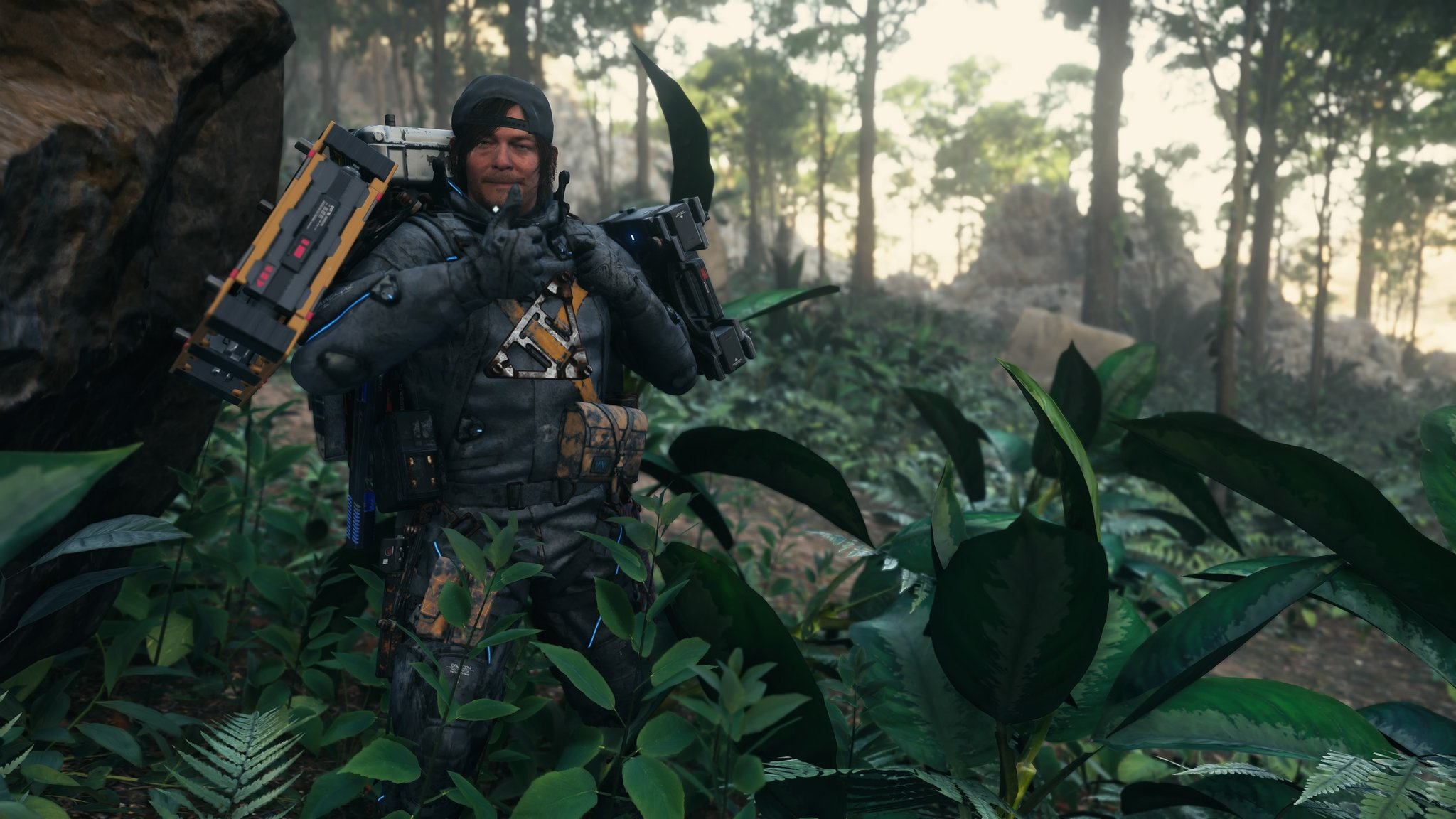
But things don’t go as planned. His old enemy Higgs reappears with a new persona and a mysterious plan, threatening Lou’s safety and making Sam lose his sense of purpose. The journey that starts with connection and alliance turns into a path of revenge, grief, and self-discovery.
Along the journey, Sam gathers a crew aboard a massive ship called DHV Magellan, which can float in tar streams beneath the surface. He forms an unconventional kind of family with strange but interesting characters: a constantly talking puppet called “Doll Man”, a girl who can reverse time through rain, and others like “Tomorrow” and “Reni”, each with a complex backstory that unfolds gradually through long and dense scenes.
There are many moments of absurdity, surrealism, and genuine human drama amidst all this madness. Without going into spoilers, the story takes unexpected turns and raises questions about loss, identity, and our ability to move forward after pain.
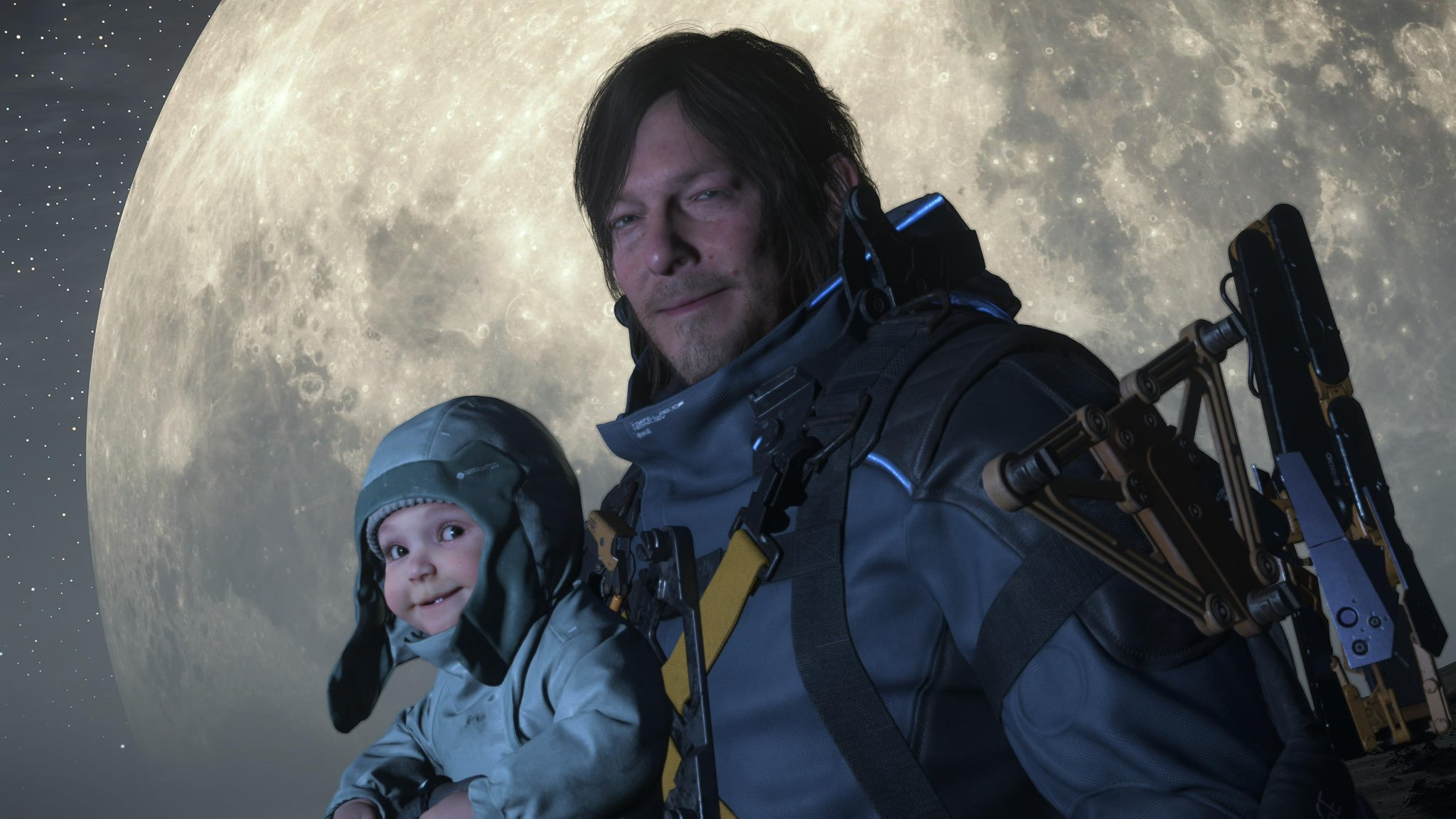
Gameplay
The gameplay in Death Stranding 2 is a full and complete evolution of what we saw in the first part, but this time offering a broader, richer, and more balanced experience. The game still relies mainly on the concept of delivery, but the delivery system is now full of depth and variety that make every moment enjoyable. Sam Bridges doesn’t just return as a “porter”; he does it in a completely different way inside two huge open worlds — Mexico and Australia — each with its own vibe and challenges that test your skills.
Every delivery is its own adventure. You choose the path freely, whether climbing mountains, driving, or building a new route yourself. The game offers many tools, and with every completed mission, a new tool gets added to Sam’s set — like delivery trucks, floating platforms, or climbing gear. This variety makes you think, plan, and try to avoid or face dangers as they arise.
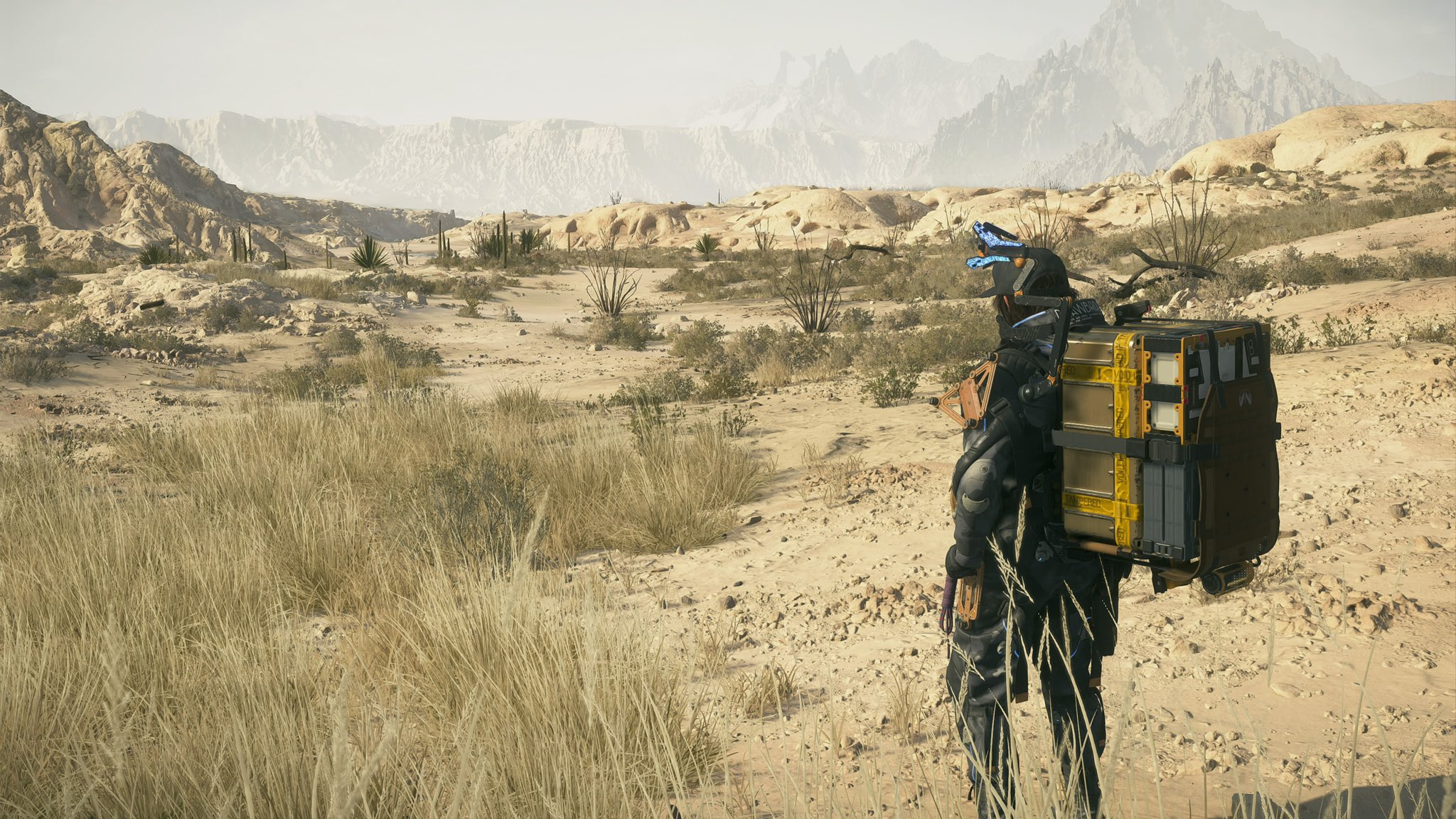
One of the strongest aspects of gameplay is the sudden random events that break the routine. You could be driving when a bomb explodes and a gang attacks to steal your cargo, or climbing a mountain when a quake causes an avalanche. These moments create wonderful tension, keep you alert, and put you in situations where you must think fast and solve problems cleverly.
The mission system is clearly structured. You go to a station, talk to someone (usually a hologram), take the order, deliver it, rest, and repeat. But the game knows how to change things — whether through the environment, the nature of the request, or the way to handle it. Even with a repeating structure, each mission carries a new adventure or unique emotional moment.
Combat is now a core and genuinely enjoyable element. Whether fighting humans or otherworldly creatures (BTs), the combat is always exciting and challenging. You can play stealthily or go in aggressively with all your weapons. There’s a wide range of weapons, and new ones are unlocked regularly to change your strategy. Boss fights are designed at a very high level — both random ones and those tied to the story — every encounter is cinematic and thrilling.
The player connection system returns from the first game, but now it’s deeper. While playing, you’ll find structures or tools left by other players. This makes the world feel less lonely and reveals the spirit of cooperation and humanity, even without meeting the people behind them. You feel like you’re building a world together — like you’re part of a bigger network trying to heal this broken world.
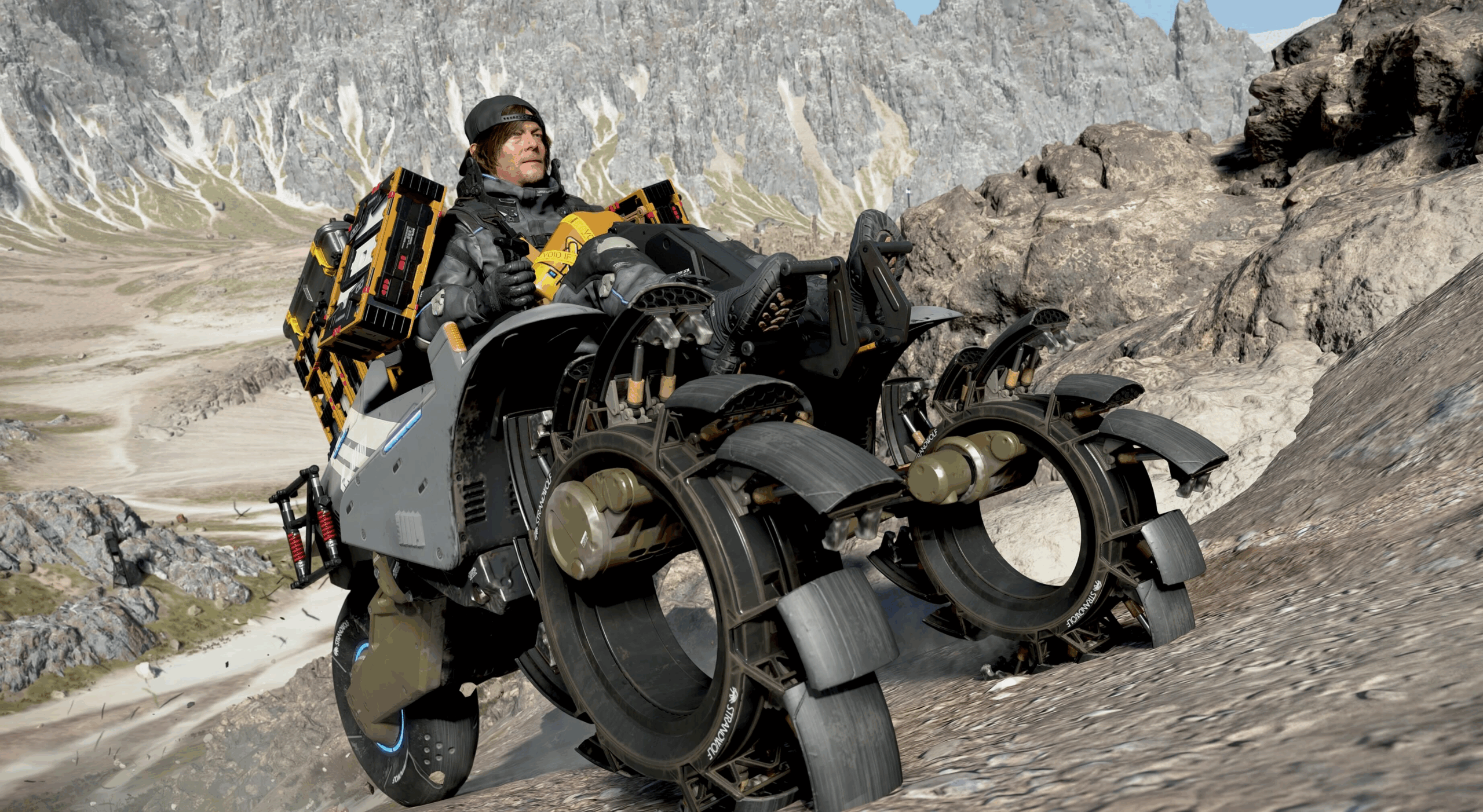
Graphics
Death Stranding 2 offers a stunning visual level in every sense. The world is designed with meticulous detail, presenting breathtaking natural scenes whether you’re walking through the deserts of Mexico, crossing rainforests, or climbing the snowy mountains of Australia. The game takes full advantage of the PS5’s power — this is very clear in the crisp details, realistic lighting, and rich environmental effects like dust, rain, and fog.
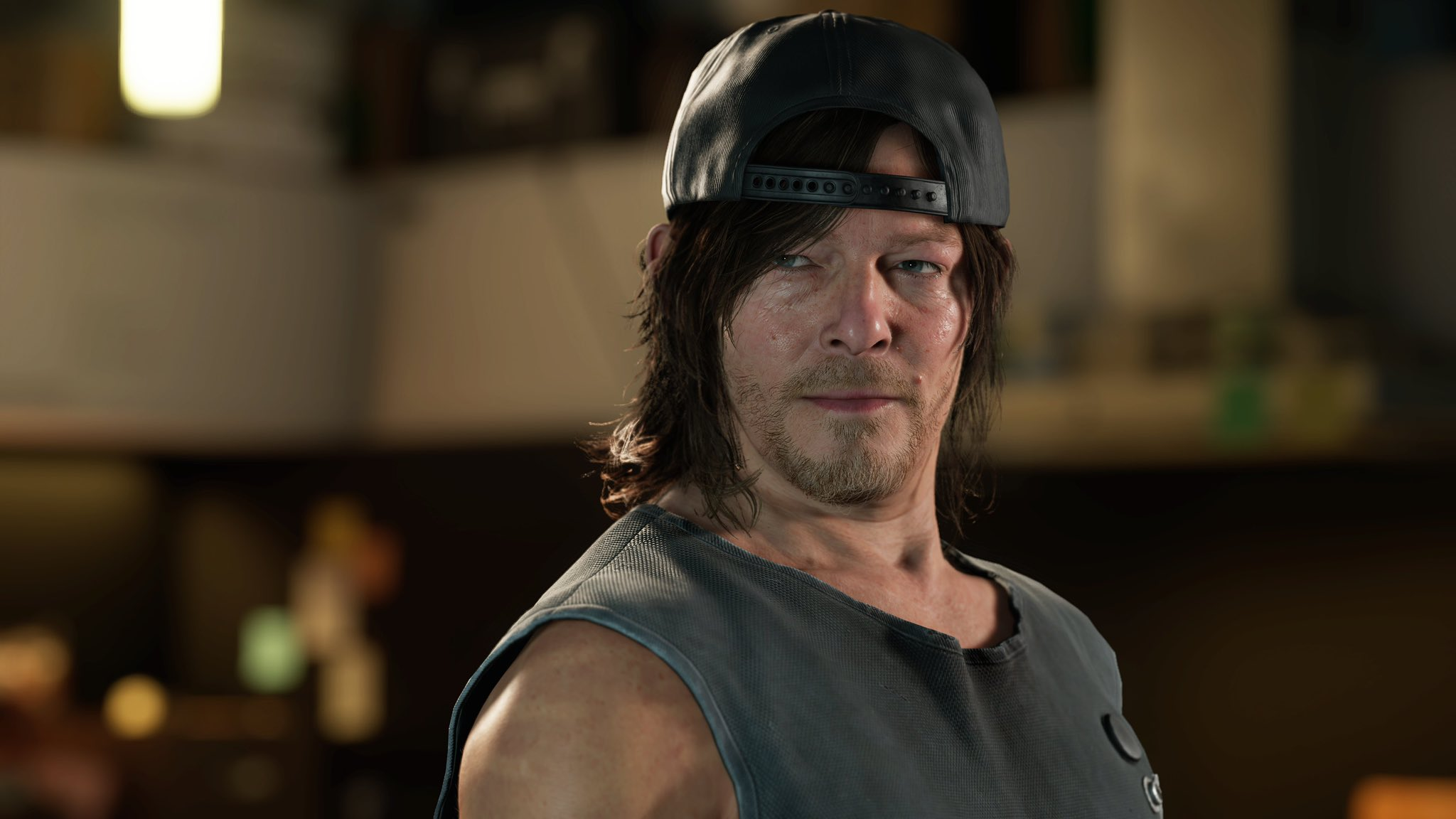
The art direction is masterful, balancing realism with surreal touches that reflect the unique world Kojima built. Whether watching from a mountain top or in a fast-paced fight, the cinematic shots are always stunning and full of depth. No issues like stuttering or delayed rendering — everything appears smoothly.
The camera lets you press the right analog stick to view the world from a panoramic angle, revealing the massive scale and environment around you — making you feel the grandeur of the journey you’re on.
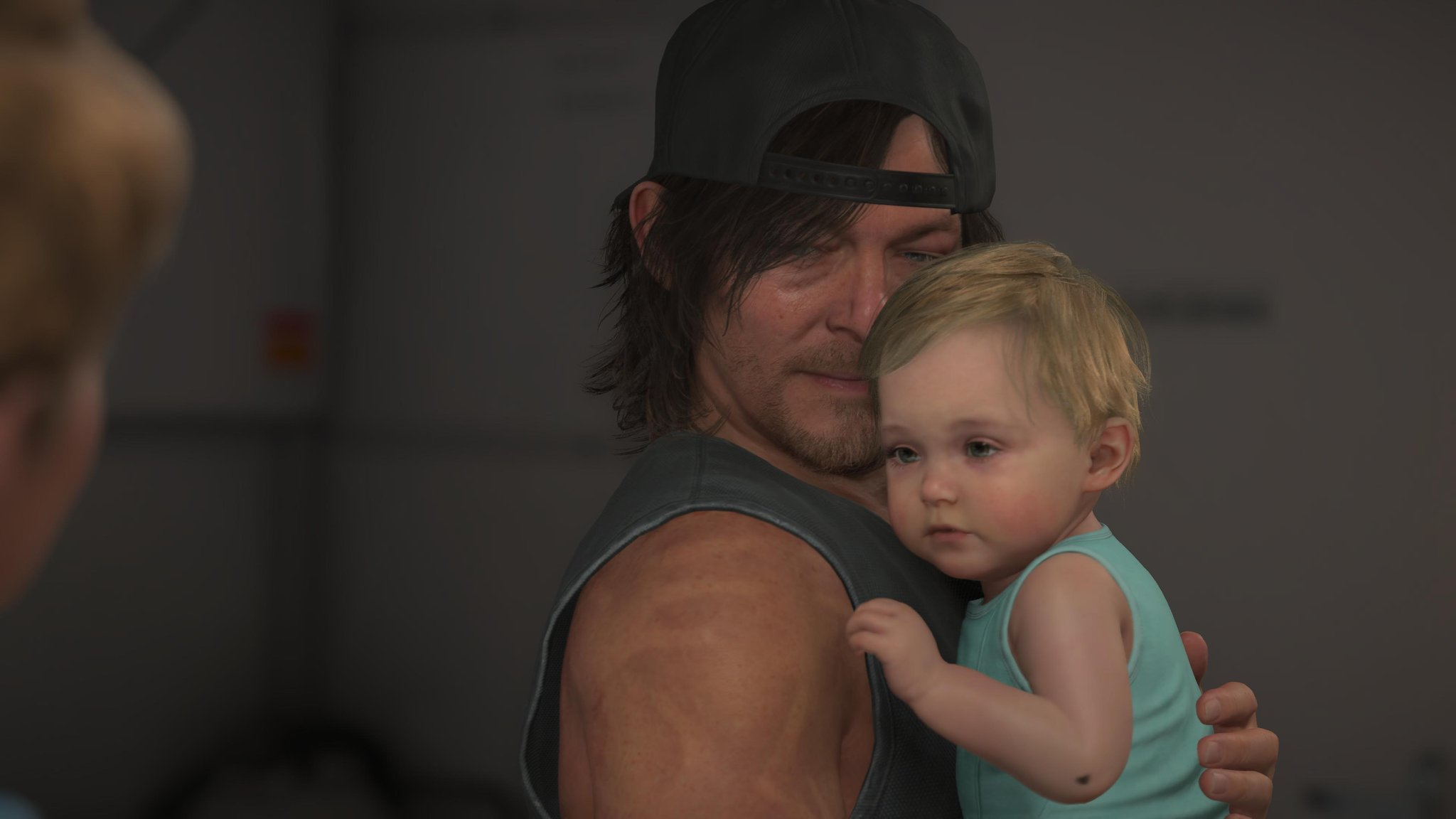
Final Rating
10/10
At the end of the journey, Death Stranding 2: On the Beach proves that it’s not just a game — it’s a rare human experience, combining visual beauty with emotional and philosophical depth. Every step you take, every moment of silence in nature, every look from a character who lost so much and is still trying — creates a feeling that won’t easily be repeated. This game doesn’t follow anything that came before it — it continues the path Kojima started, developing it here with maturity and awareness. Its world is open but not empty, sad but not hopeless, and its style is simple but not shallow. This is a game that asks you to walk… and reflect, build… and connect, fail… and try again. And after you reach the end, you’ll find that you didn’t just finish a game — you were part of a message. Death Stranding 2 is an invitation to “keep going”, no matter how heavy the burden on your back is. A game that leaves a mark and keeps echoing inside you even after the console is off.
